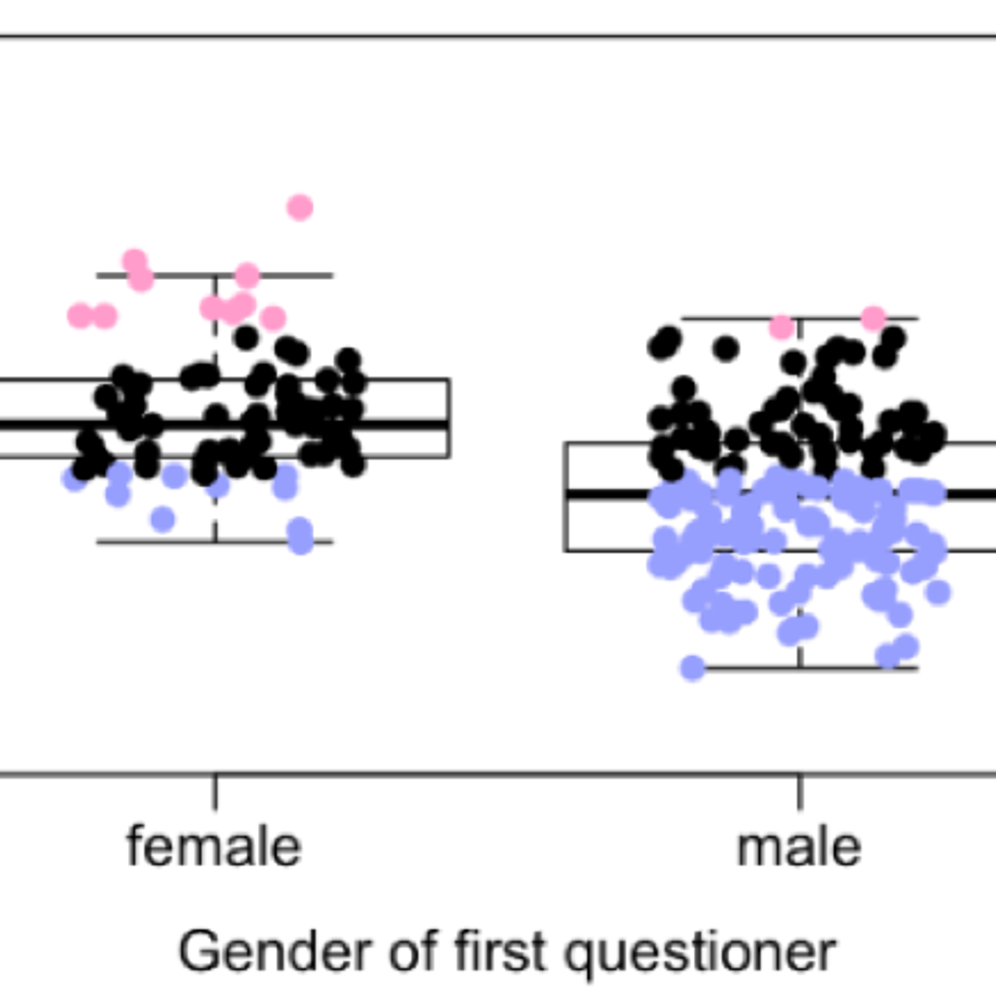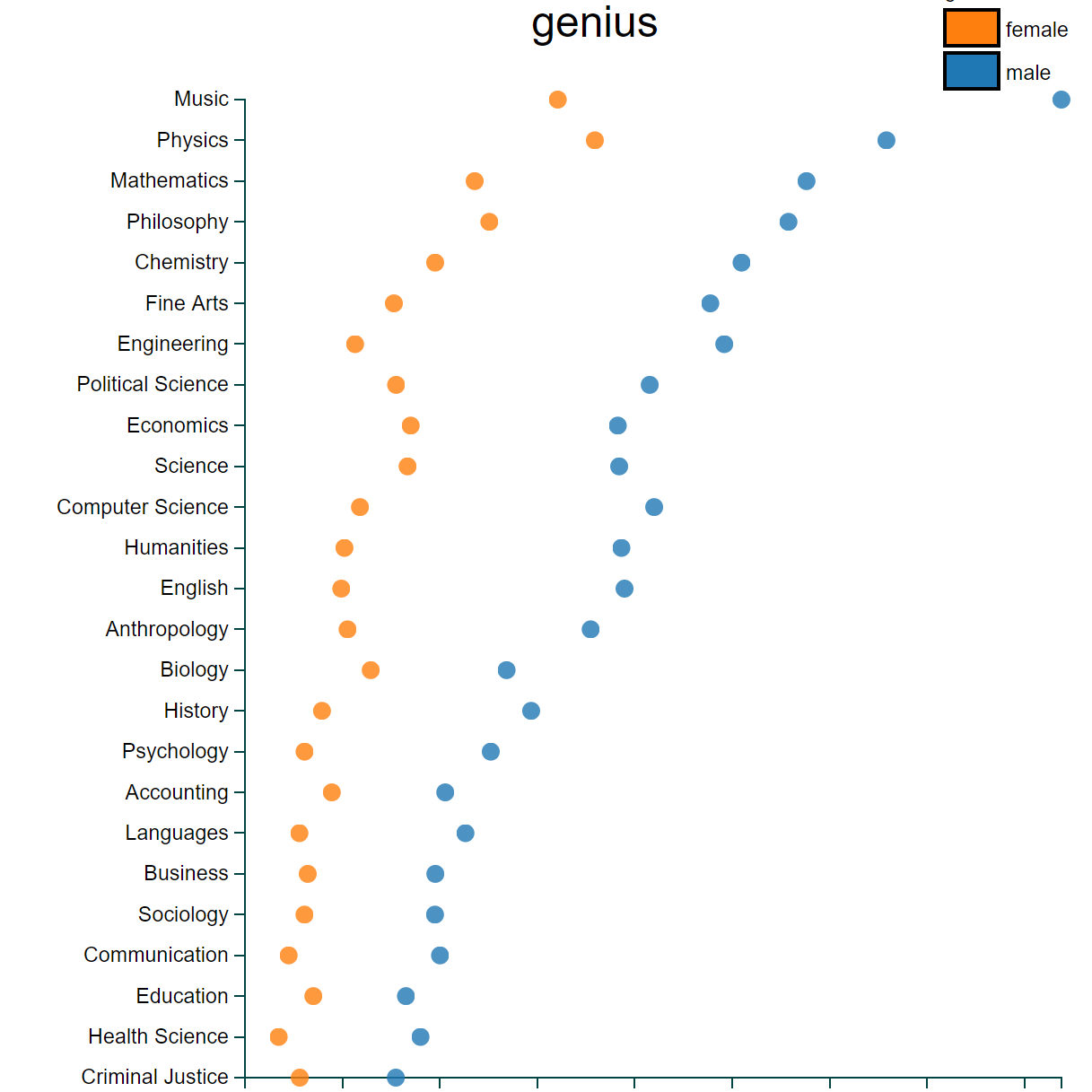Can we have it all? Balancing family with an academic career
/In 2000 Mary Ann Mason became the first female Dean of Graduate Studies at UC Berkeley and encountered an auspicious demographic shift—51% of the incoming graduate class was female. Unfortunately, the same trend did not hold true for faculty. While the total number of women faculty had also been increasing (though not at the same rate as students), the gap between tenured male and female faculty remained consistent, and large... Mason wondered whether one contributor to the leakiness could be the difficulty of balancing career and family, which could be particularly challenging for female academics.
Read More









